Shaughn and John, a Los Angeles-based photography duo, photographed actor Vin Diesel for Variety. The story, “‘Fast’ and Heartsick,” was published in February 2015, a few months before the new Furious 7 film (yes, that’s right, there are now seven installments in The Fast and the Furious franchise) was released. Because photographing a celebrity can be a challenge, especially when the subject is one as popular as Vin Diesel (he has over 8.6 million Instagram followers), we asked the duo about the shoot.
Photo District News: How much time did you get vs. how much time you thought you were going to get?
Shaughn Crawford: We were told we would have an hour to photograph Vin, but you never know when photographing high-profile celebrities. However, Vin was very cool and gave us at least an hour. We were thrilled.
PDN: What was the scene like?
John DuBois: We photographed Vin at a soundstage on the Universal Studios lot. There weren’t a lot of people on set, maybe 15 at most. The stage was huge, but without props it sort of felt like a massive empty room.
We decided to focus on what we felt were the most interesting parts of the studio: the elephant doors and the walkway up in the rafters.
PDN: How many set-ups did you do?
JD: We did three official set-ups – a portrait near the elephant doors, a tight studio-style portrait on black, and a final portrait upstairs in the rafters. We weren’t sure if Vin would be down to shoot in the rafters but he was totally into it. At the end of the shoot we did a fourth, unofficial photo of Vin doing a “human flag pole” from a metal beam in the rafters. That dude is strong as hell!
PDN: How did you prepare for the shoot?
SC: We knew there were a lot of photographs of Vin, as well a lot of photographs of celebrity men on sound stages. We pulled references to both. We wanted to find some unique way of capturing him, and we realized we weren’t seeing many dramatic portraits of him out of character. There were some darker portraits of him from the movie Riddick, but as far as a portrait of Vin himself, we did not find much. We did however, find a drawing that a fan did that was really cool and gave us an idea of how he would look with a harder, more dramatic light We were looking for ideas on how to use the wide open space without having any props.
PDN: How do you and John work together as a duo for a shoot like this?
SC: We work as a unit. When it comes to portrait shoots, we typically start by getting together in the office to do our research together. We will “spitball” ideas, pull reference photos and discuss lighting ideas. Sometimes we will test a lighting scenario if we are trying something new. During the shoot we will pass the camera back and forth, so that whoever isn’t shooting is watching the computer screen, keeping an eye on lighting, posing, angles, etc. Either one of us may jump in from time to time with an idea or a thought and when it make sense we will pass off the camera. It’s not very formulaic, it just sort of happens.
PDN: Is that how you usually work together?
JD: When it comes to other shoots, like an advertising job or a personal project, we may shoot with two cameras so that we can both shoot at the same time. Often one person will shoot with a long lens and the other with a wide. This allows us to get a lot of different perspectives in a short amount of time. We see this as a huge advantage of working together as a team.
PDN: How/when did the partnership begin?
SC: We met while interning for Art Streiber. John had just finished his internship when I started. The following years we worked together as photo assistants and even lived together at one point. We realized early on that we had a similar esthetic and gravitated toward the same type of art and photography. The project that really got us started together as a team was a story we did called “Paws for Life.” John was approached by the non-profit Karma Rescue to document a pilot program they were about to launch at a level 4 prison in Lancaster, California. The program brought five dogs rescued from a kill shelter into a prison where 14 inmates, most serving life sentences, trained the dogs over a 12-week period. When John was approached about documenting the entirety of the program with stills and video, he asked me to jump on board… and the rest is history.
PDN: How long have you been at it?
SC: It wasn’t until college when I studied photo and video abroad in Rome, Italy, that I knew I wanted to be a photographer. Upon returning from that trip I began shooting for my school newspaper and assisted a local photographer. A few years later I had developed a body of work and was accepted to the graduate program at the Academy of Art in San Francisco. After finishing my Masters program, I moved down to LA and did a short internship at Milk Studios. That is when I heard about the Art Streiber internship. Art’s internship was a total game changer. Anyone that knows or works with Art will agree that he is one of the greatest people they know. Somehow, amongst his insanely busy schedule (does Art Streiber sleep???), he finds time to mentor a ton of up-and-coming photographers. We owe Art big time for everything he has done for us.
JD: I grew up in the San Francisco Bay area and started by shooting photos of my friends skateboarding. About 10 years ago I moved to Los Angeles to get a degree in photojournalism, meanwhile I started assisting for any photographer I could find. I was lucky enough to get connected with Art Streiber, and that’s when things really began coming together.
PDN: You both recently visited New York City for meetings. How’d that go? Any advice for photographers who want to come to New York to set up meetings of their own?
SC: Our meetings were really amazing. We have such a huge amount of respect for the creatives working at major magazines and ad agencies and we were super appreciative of their time. I think the key to meetings is to be fully prepared to do them. You should have a portfolio with your best work, and be prepared to talk enthusiastically about the images. You should also do your research about the people and companies that you’re meeting with. Not only does it make sense to know a little bit about the people you’re meeting with, but you never know if they might be from the same small town as you or may have similar interests or backgrounds.
These meetings are about creating relationships and you may only have a few minutes to make a great impression, so whatever you can do to make that happen is vital. Oh, and it doesn’t hurt to bring people treats…haha.
PDN: Any advice for photographers, in general?
SC: The best advice I can give to any photographer is to never lose sight of what got you into this business – which is taking photographs for the pleasure of making great images. The best photographers I know are always making their own personal work. Similarly, photo editors and art directors love to see personal work over the well-lit portraits or commercial work you did for a big company. These people are artists themselves and want to see great imagery. Whether it’s taking rad photos on your iPhone or carrying around an old film camera, we cannot lose sight of what got us all started: taking photos.
JD: I totally agree with Shaughn. Also, the last year has been a lesson in patience for us. Big opportunities don’t come everyday (not yet at least) and learning to stay busy in between shoots has been crucial for us. When we aren’t shooting we are brainstorming new projects, tweaking our website, working on new promos and pitching ideas to our favorite publications. The hustle never ends for us, and we couldn’t be happier. —Amy Wolff
Related: From Assistant to Photographer: How Jesse Dittmar Launched His Portrait Photography Career (for PDN Subscribers only; login required)
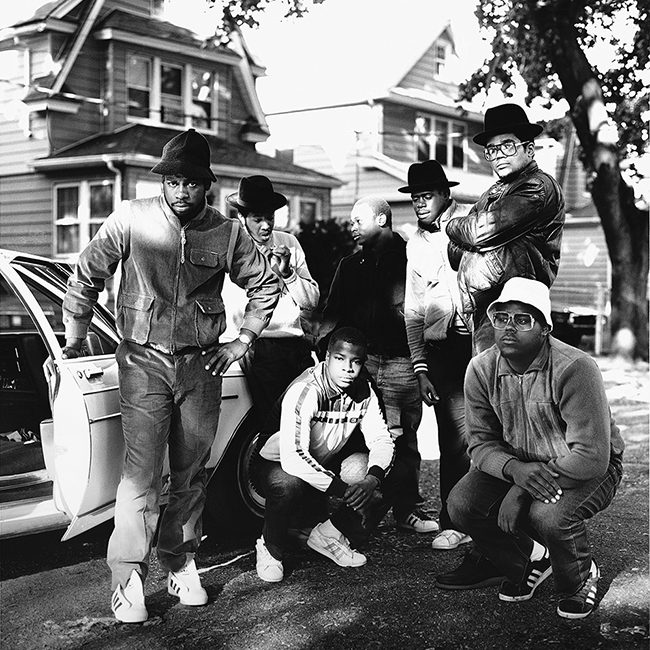



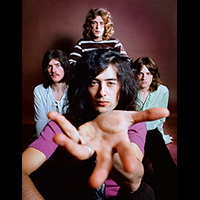

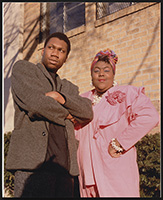
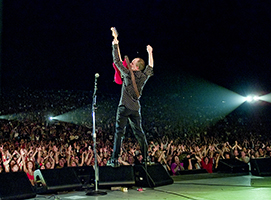
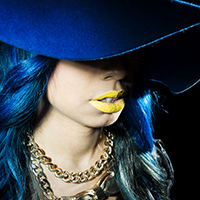

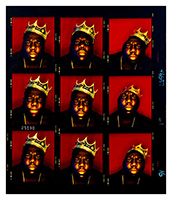
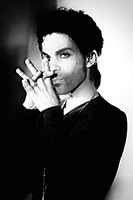
One of the best ways to get good at voltag drop testing,
and electrical analysis generally is to practice.